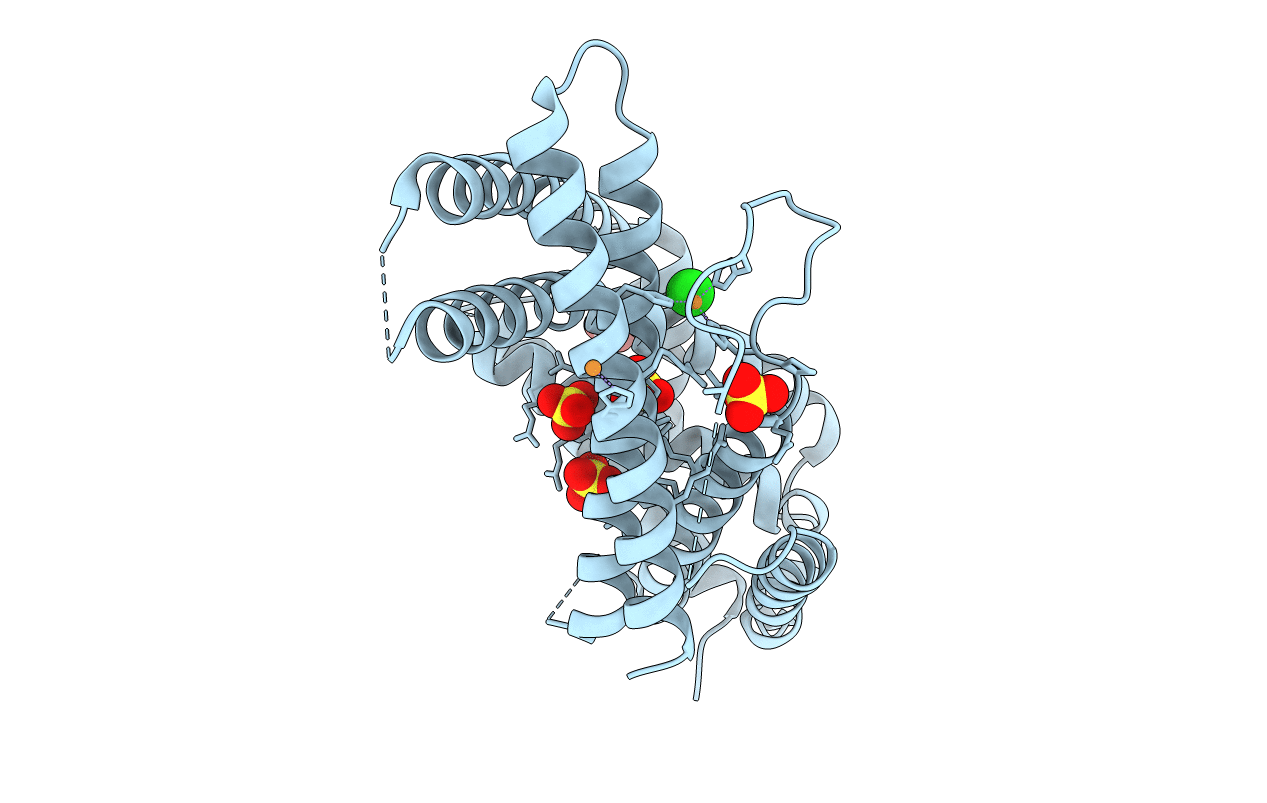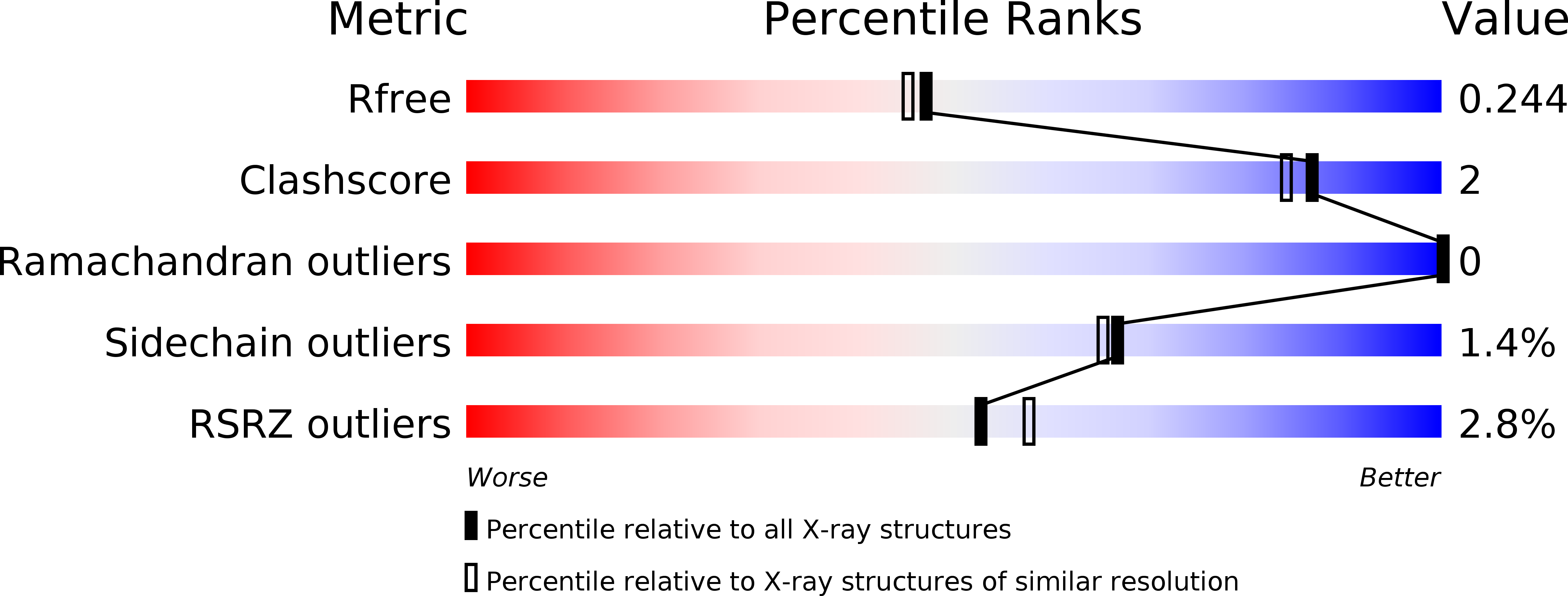
Deposition Date
2019-05-08
Release Date
2019-06-19
Last Version Date
2024-05-15
Entry Detail
Biological Source:
Source Organism:
Streptomyces chartreusis (Taxon ID: 1969)
Host Organism:
Method Details:
Experimental Method:
Resolution:
2.04 Å
R-Value Free:
0.23
R-Value Work:
0.19
R-Value Observed:
0.19
Space Group:
C 2 2 21


